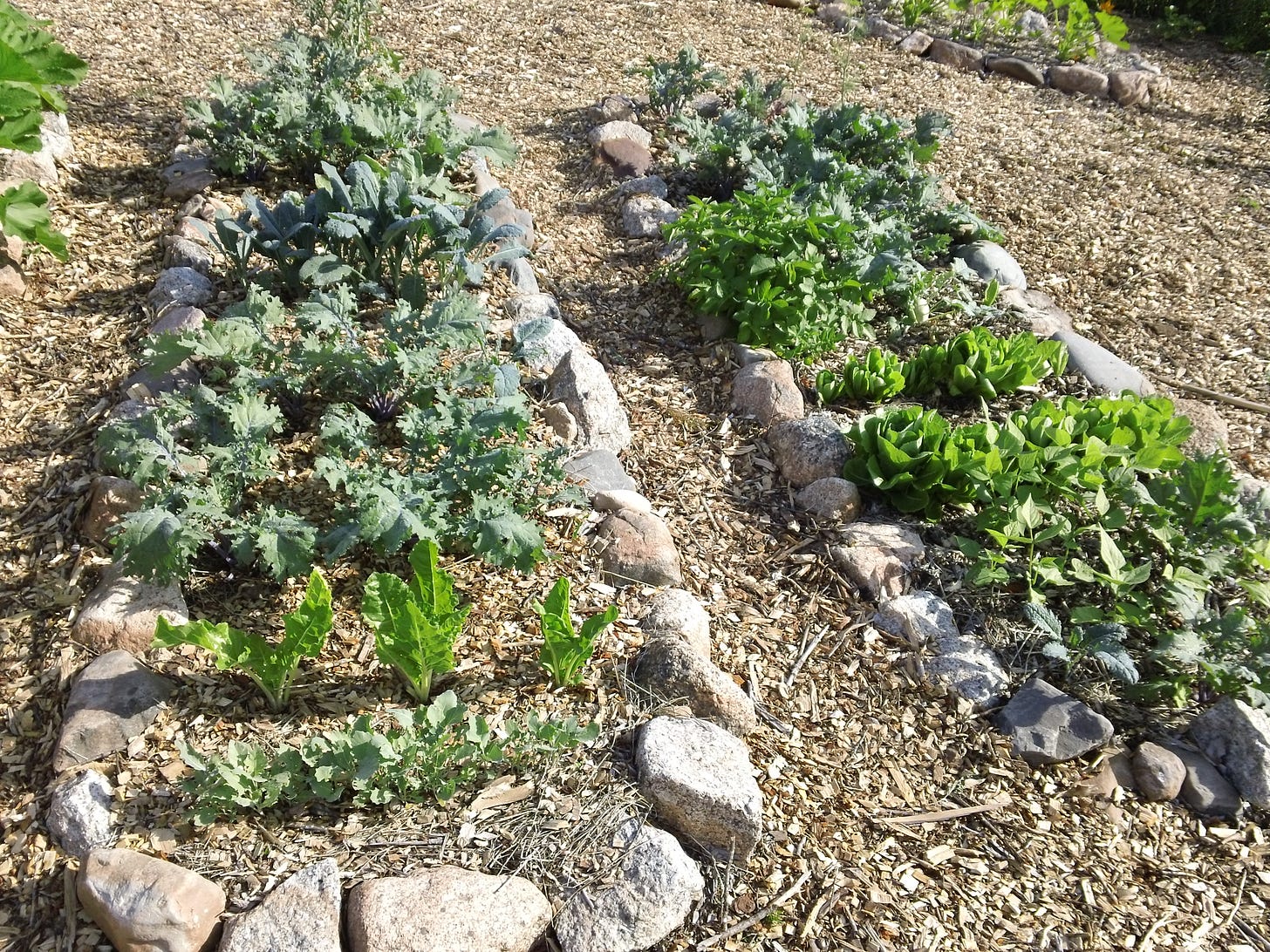Back to Gardening Chapter 3, Part A: Getting Started - Finding the Right Spot
Creating a productive gardening space is all about finding the right spot, which requires some very important considerations about sun, wind and grade.
This chapter of the book is an edited version of the first three articles that I wrote back in April 2022. No gardening book would be complete without a chapter on those topics, but since I already spoke them in those articles, I thought it made sense to just revisit that content, edit, and enhance (it’s about twice as long now). Have a read:
Chapter 3 Part A: Getting Started - Finding the Right Spot
Have you always wanted a garden, but seem to watch each year roll by only to realize at some point that it's too late? You aren't alone. The prospect of getting started can be overwhelming and, if you aren't sure where or how to begin, this three-part series will set you on a path to finally realize that goal.
I think that many people like the idea of having a garden, and have visions of top-quality, organic food available right out the back door. Regardless of the source of that vision — whether it be fond childhood memories, a desire for a greater connection to our food, a frugal compulsion to maximize the value that can be realized from land ownership or a desire for an idealized horticultural aesthetic — that garden must start somewhere.
Since this series is about "getting started" I thought that I would start with the first step - which is is finding the right spot, which requires some very important considerations.

Sun
I see so many people plant their garden where THEY want it to be, rather than where the PLANTS want to grow. Everything that grows needs sunlight, so adequate sunlight is the key to success in gardening1. Six hours of direct sunlight is a minimum for some, and most heat-loving plants - such as tomatoes, peppers and eggplants - may not even grow to maturity over the course of a season without at least eight or more hours of sunlight per day. If a productive garden is desired, it must be located where the plants will get all the sun they need. To figure this out, have a look at your property at different times of the day and make a note of where the sun hits the ground from sunrise until sunset - and where the shade appears during those same times. Also, be aware that the sun’s path changes over the seasons:

In the Northern hemisphere, the sun is always angled into the South - and moreso in the colder months - so a garden with a Southern exposure will thaw out sooner in spring - and shut down later in the fall. In terms of orientation - at least in my part of the world - that means finding a spot with an Eastern, Southern and Western exposure.
Keep reading with a 7-day free trial
Subscribe to The Maritime Gardening Newsletter to keep reading this post and get 7 days of free access to the full post archives.



